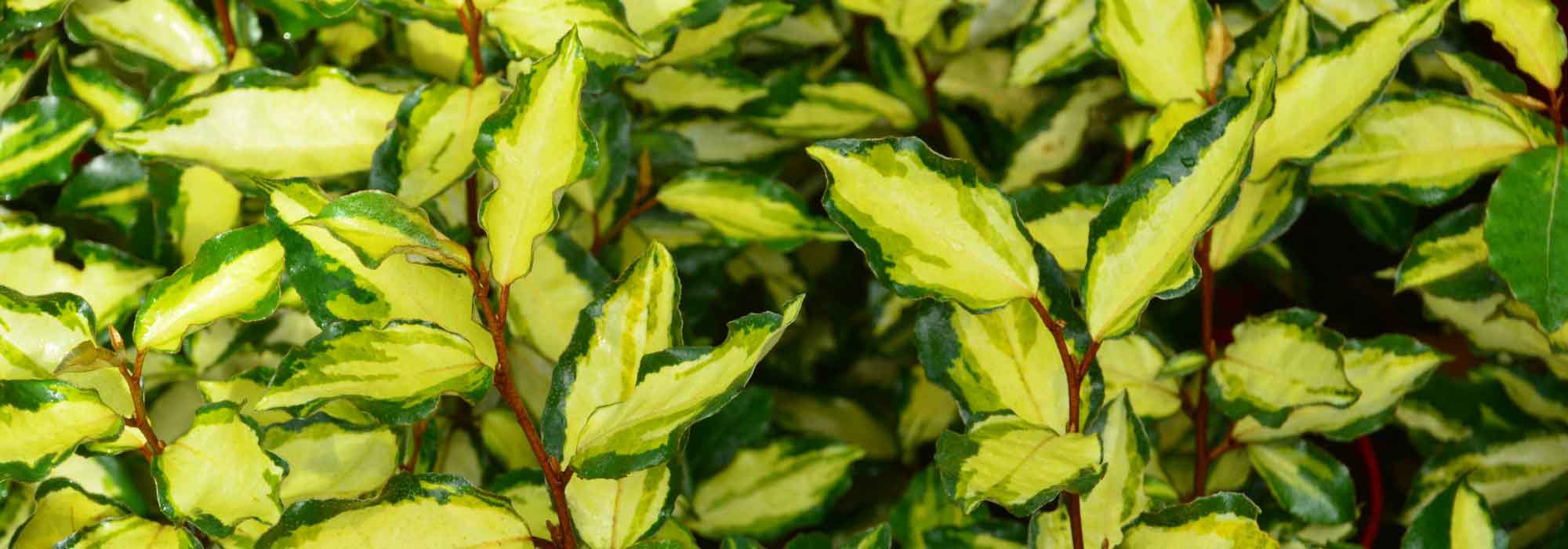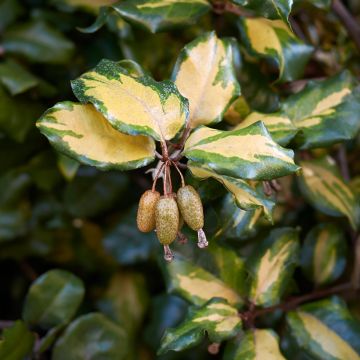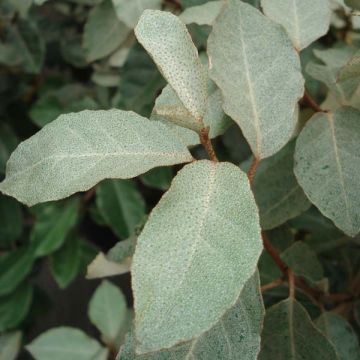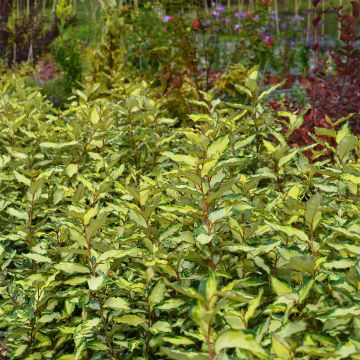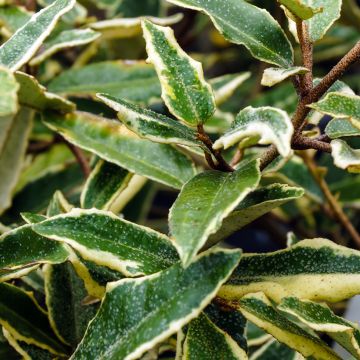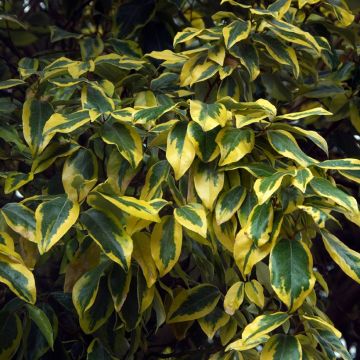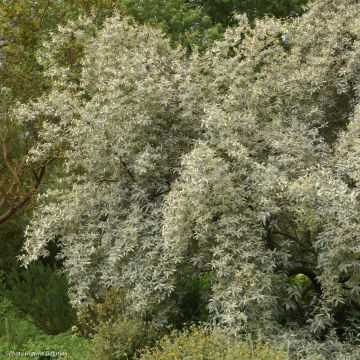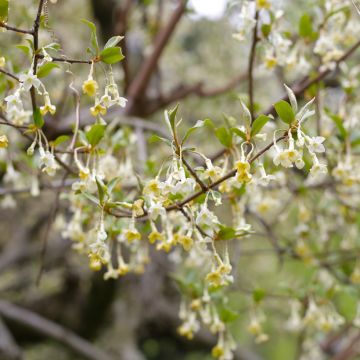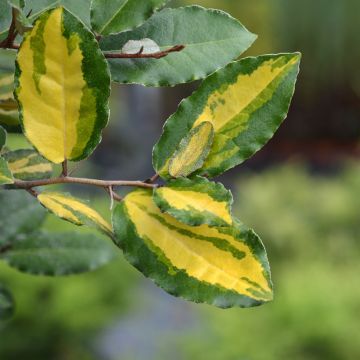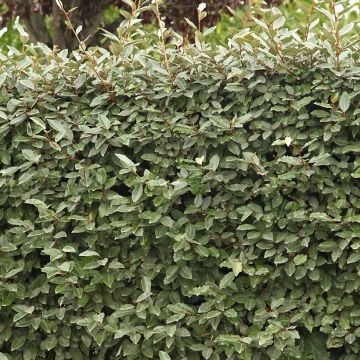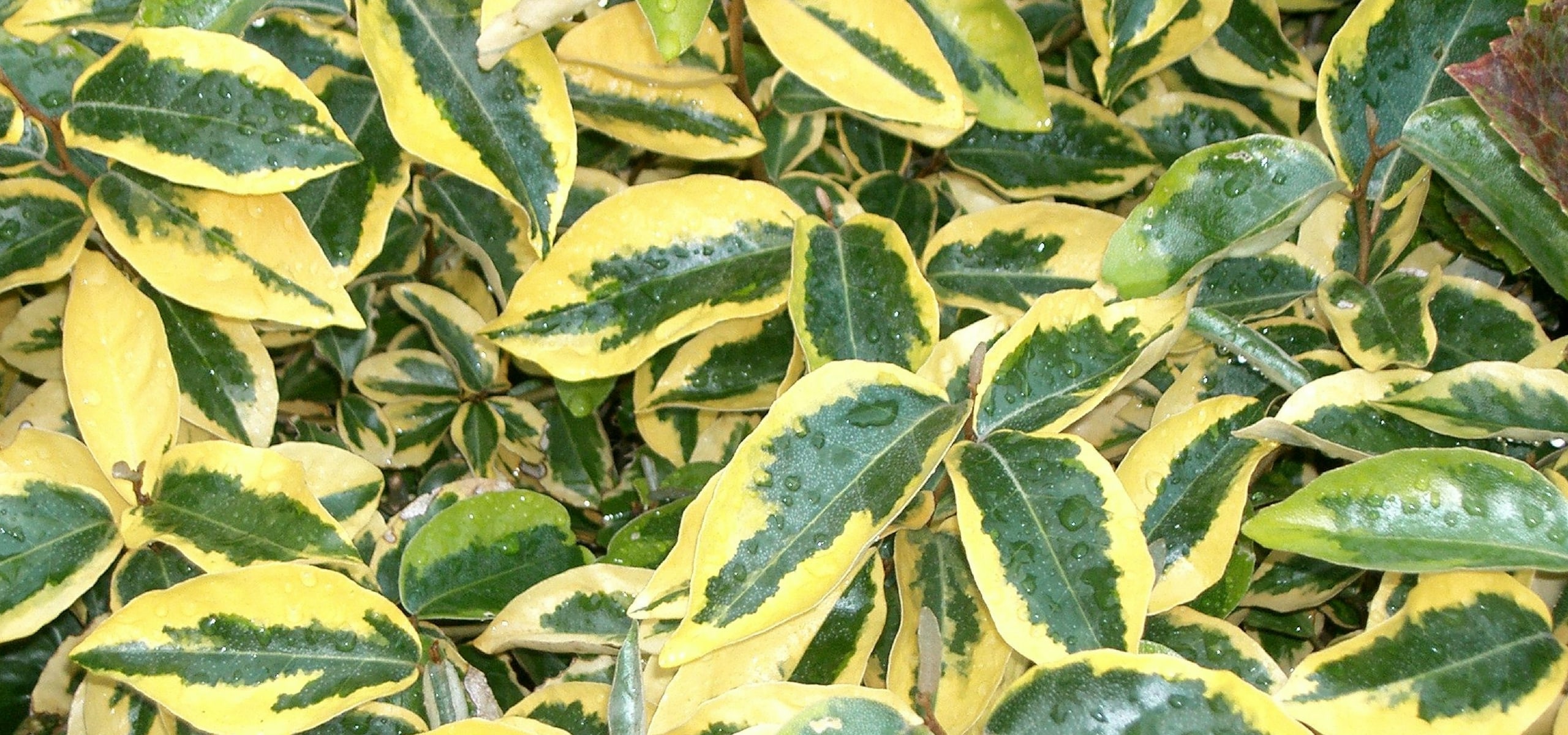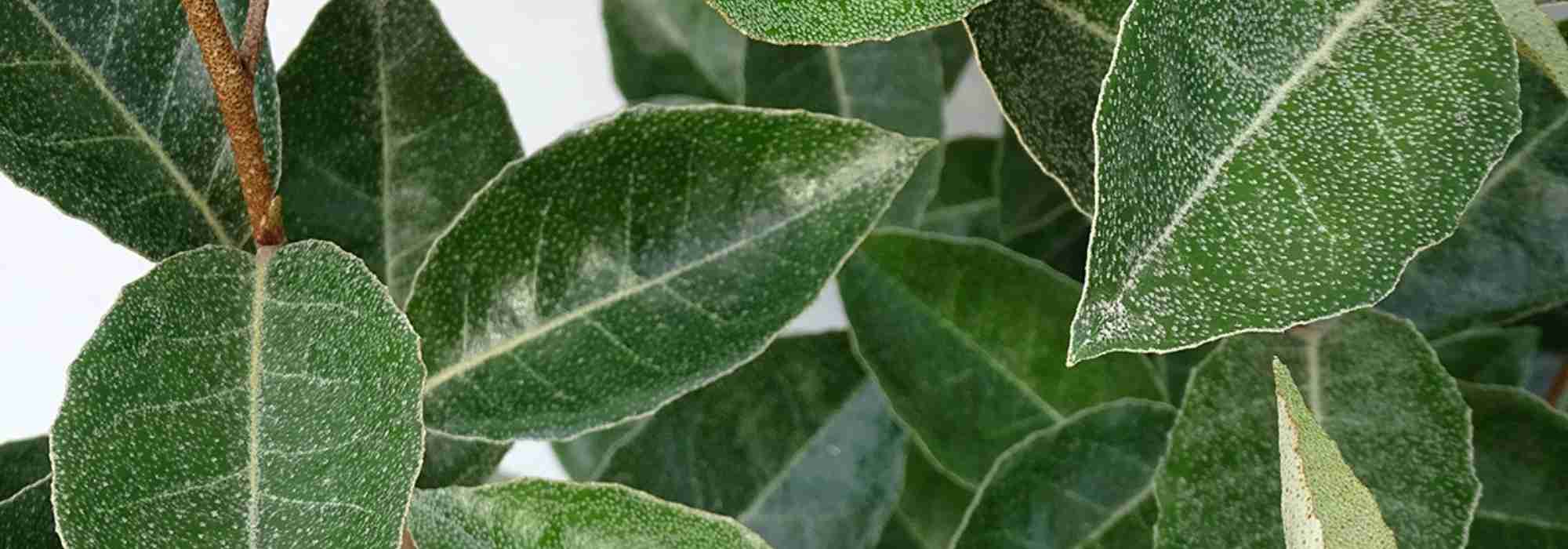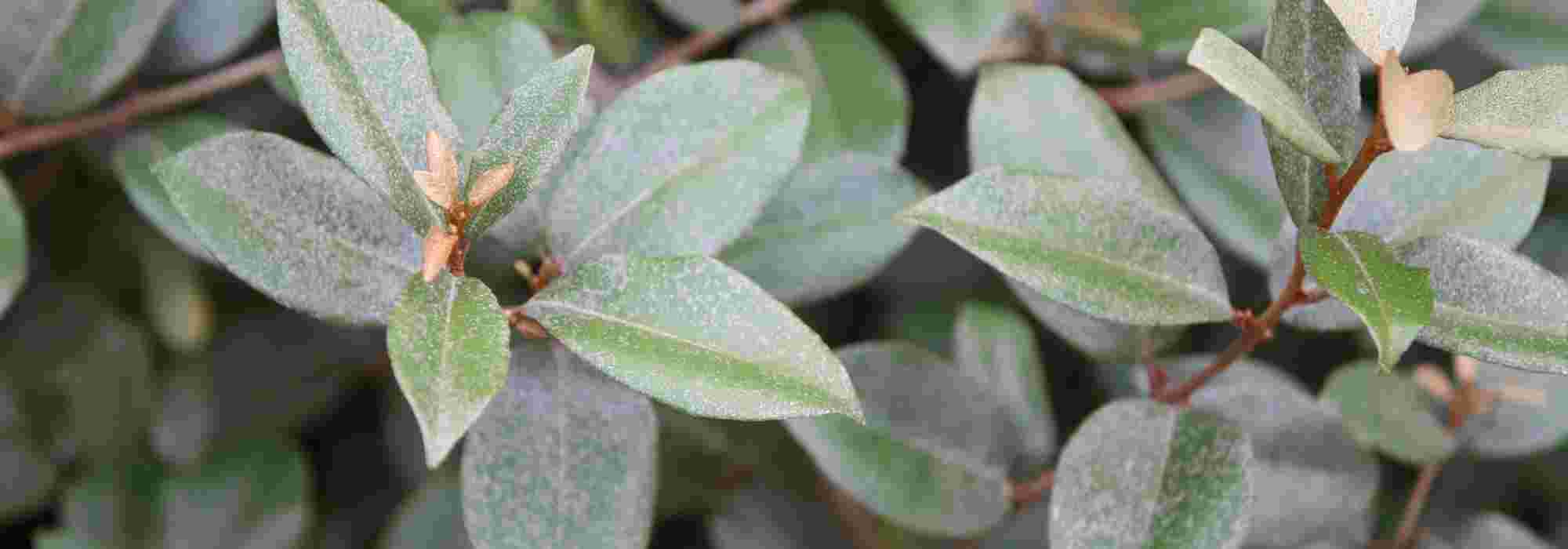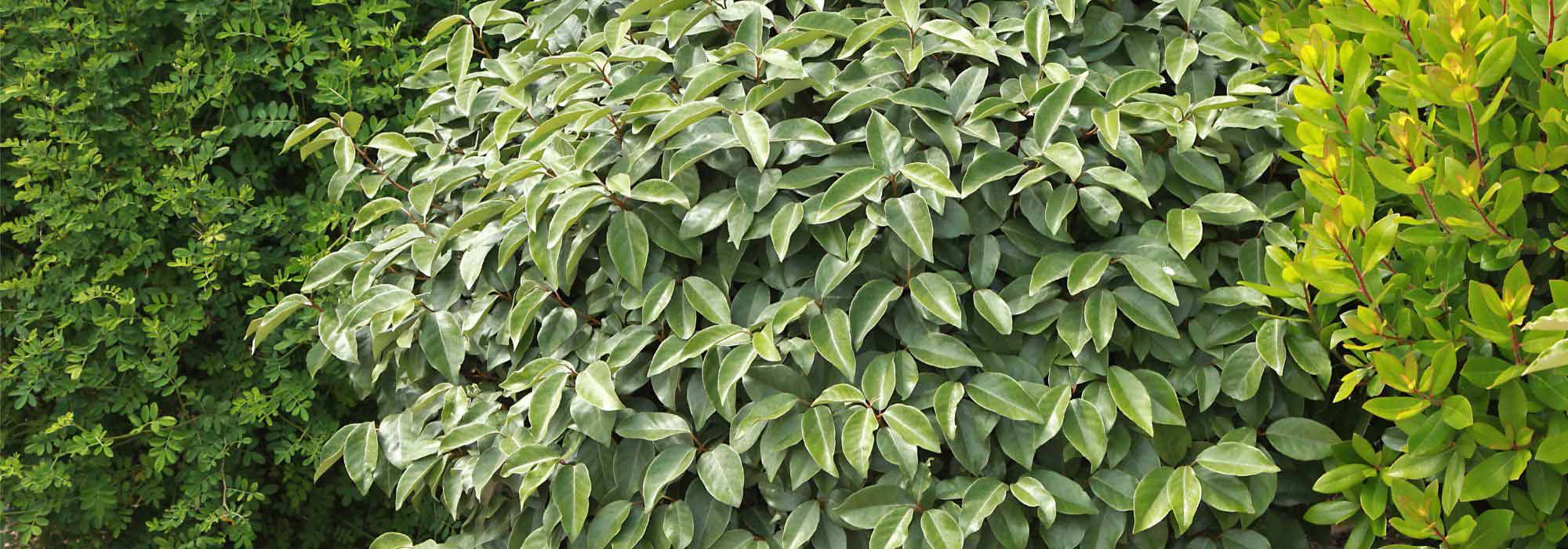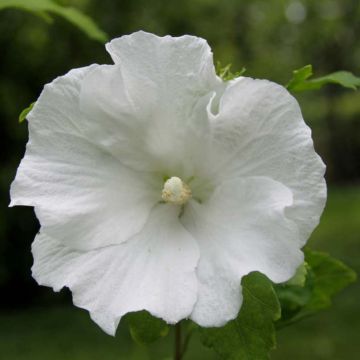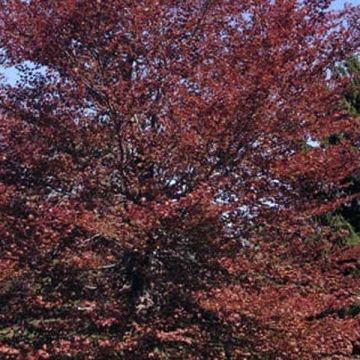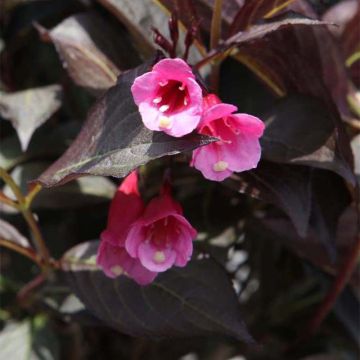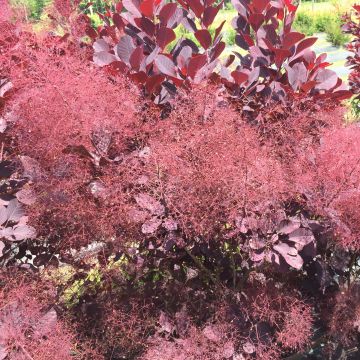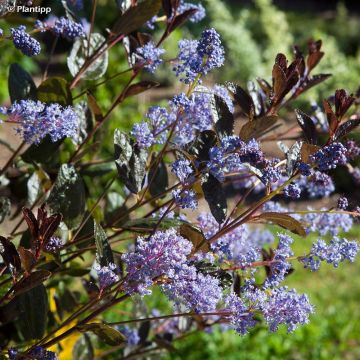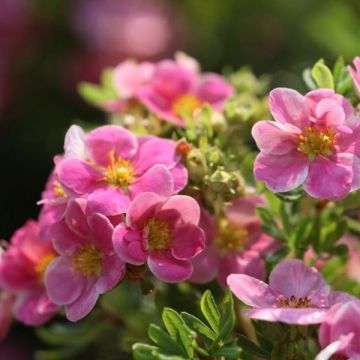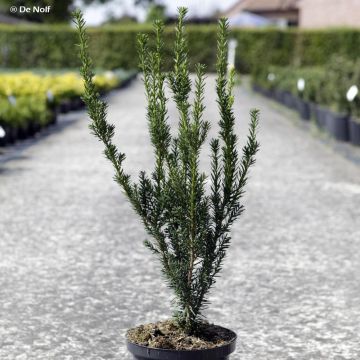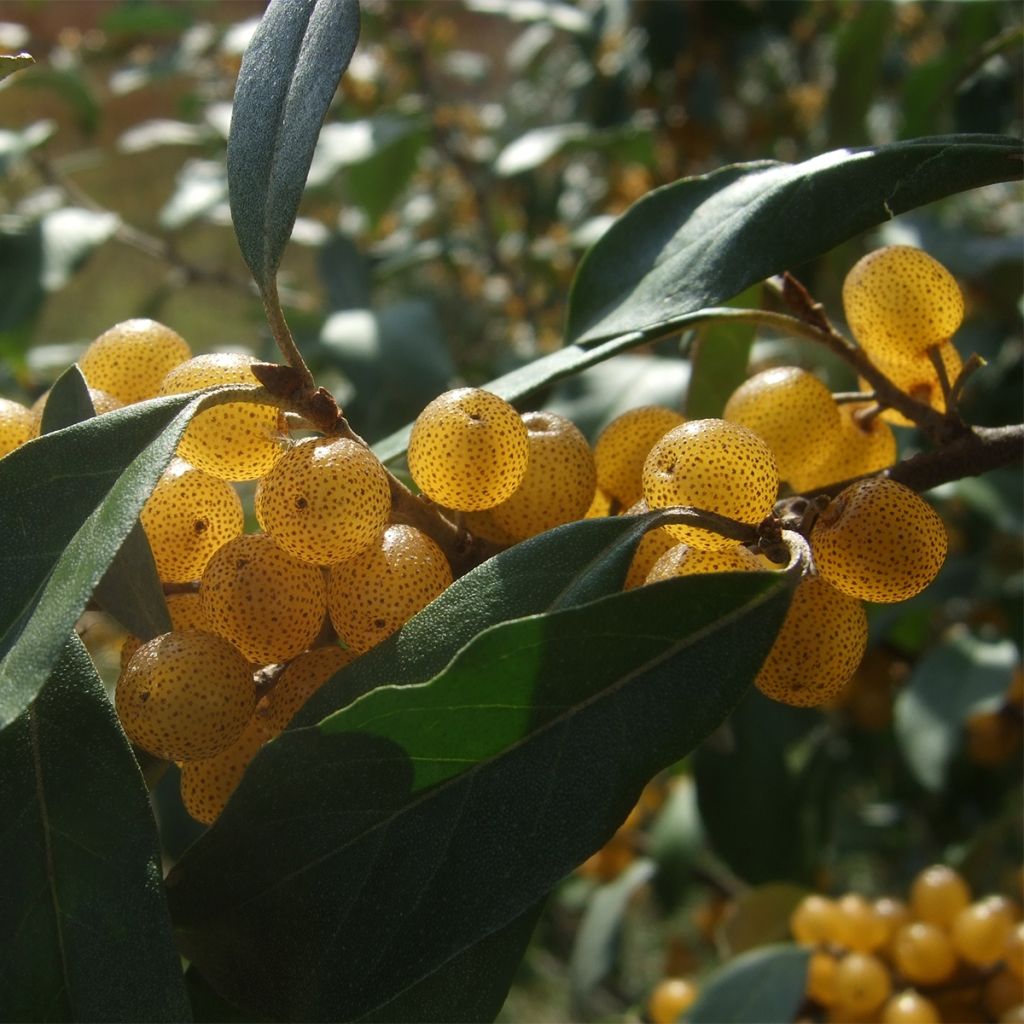

Elaeagnus umbellata Fortunella
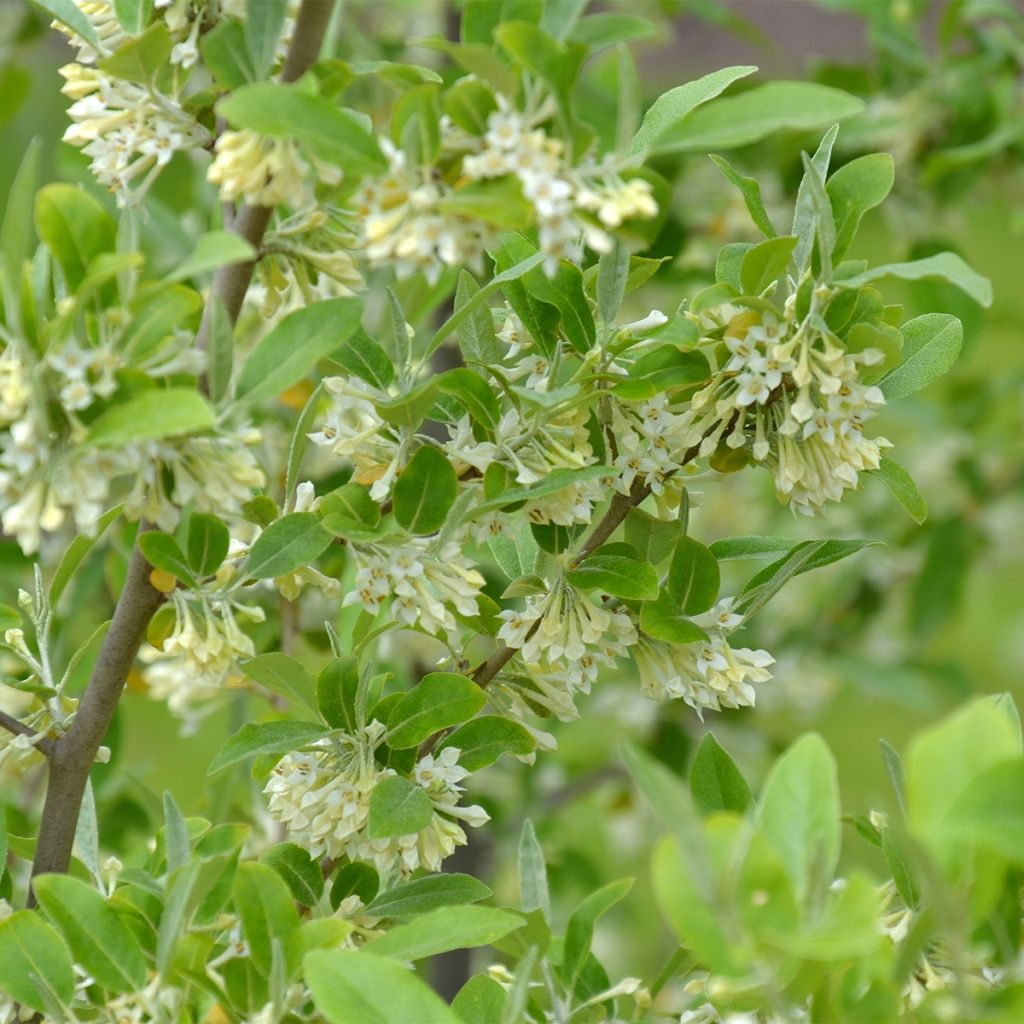

Elaeagnus umbellata Fortunella
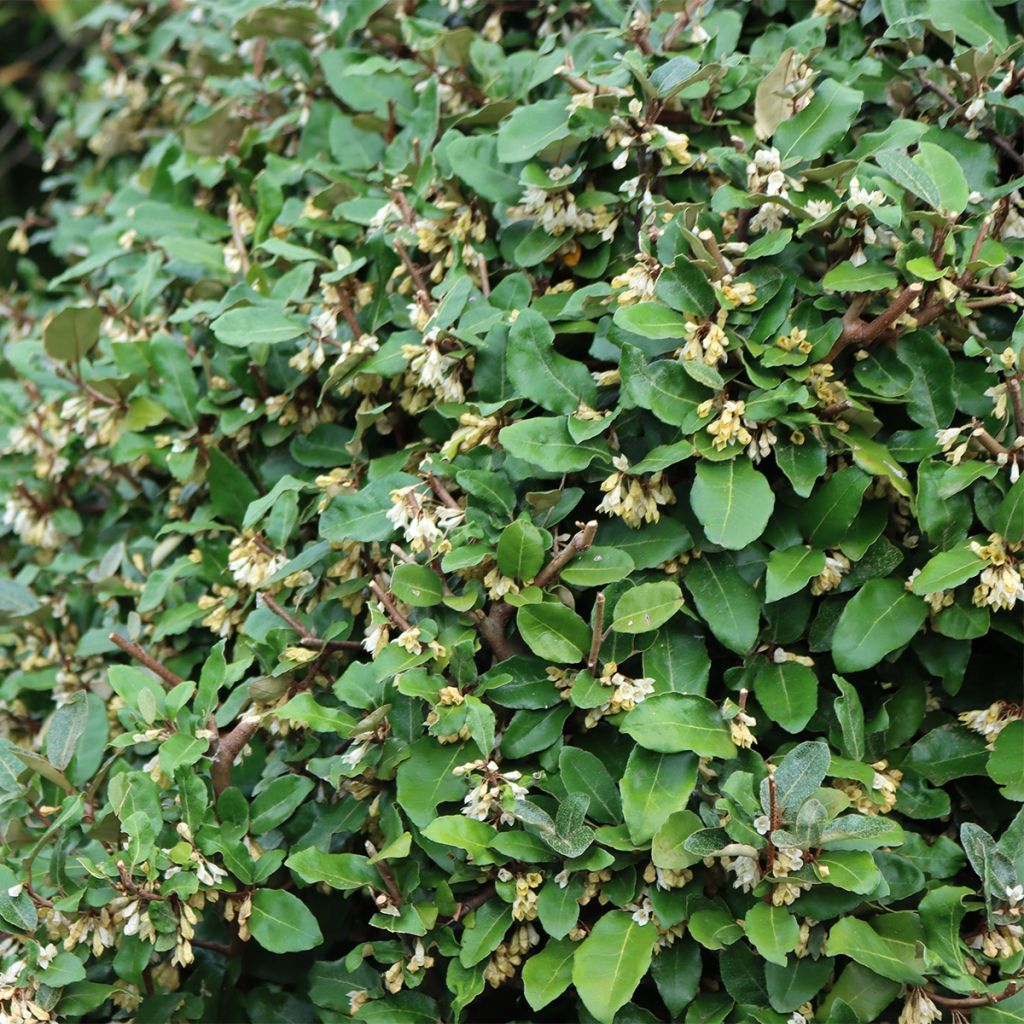

Elaeagnus umbellata Fortunella
Elaeagnus umbellata Fortunella
Elaeagnus umbellata Fortunella ®
Japanese Silverberry, Autumn Olive, Umbellate Oleaster
Special offer!
Receive a €20 voucher for any order over €90 (excluding delivery costs, credit notes, and plastic-free options)!
1- Add your favorite plants to your cart.
2- Once you have reached €90, confirm your order (you can even choose the delivery date!).
3- As soon as your order is shipped, you will receive an email containing your voucher code, valid for 3 months (90 days).
Your voucher is unique and can only be used once, for any order with a minimum value of €20, excluding delivery costs.
Can be combined with other current offers, non-divisible and non-refundable.
Home or relay delivery (depending on size and destination)
Schedule delivery date,
and select date in basket
This plant carries a 24 months recovery warranty
More information
We guarantee the quality of our plants for a full growing cycle, and will replace at our expense any plant that fails to recover under normal climatic and planting conditions.
Would this plant suit my garden?
Set up your Plantfit profile →
Description
Elaeagnus umbellata Fortunella is a variety of Japanese Goumi that stands out for its yellow fruits, instead of red. Derived from the Autumn Olive, it is a beautiful deciduous shrub that is, ornamental, tasty, and undemanding. Its small red berries punctuated with white are harvested in autumn. Its abundant but discreet spring flowering reveals a honey scent that can be detected from several metres away. Widely used in hedgerows, windbreaks, or fruit gardens, it is an easy and delicious plant that possesses an indescribable charm. To maximize fruit production, plant several individuals close to each other.
Elaeagnus umbellata, is a large deciduous shrub of the Elaeagnaceae family, native to East Asia, specifically the Himalayas. It is found from Afghanistan to China, Japan, and Korea. The shrub is also known as the Japanese silverberry, autumn olive, or umbellate oleaster, due to its resemblance to the famous Mediterranean tree. The cultivar 'Fortunella' shows rapid growth and forms a branching shrub with a wide, bushy, but flexible and spreading habit, reaching about 3 m (9 ft 10 in) in height and 2.50 m (8 ft 2 in) in width, sometimes more. Its deciduous foliage persists for quite some time before falling in autumn, sometimes semi-evergreen (in mild climates) or marcescent, meaning the dry leaves remain attached to the branches in winter. The leaves are simple, narrow, 4 to 10 cm (1.6 to 3.9 in) long, and 2 cm (0 and 0.8 in) wide, lanceolate, with wavy edges. They are bluish-green and, matte on the upper side, while the underside is lighter, silvery, and satin-like. The small cream-white to pale yellow star-shaped and inconspicuous flowers are gathered in pendulous umbels in the axils of the leaves in May-June depending on the climate. They are honey-scented and nectar-rich, attracting bees. The root system of Elaeagnus, like that of plants in the legume family (alfalfa, sainfoin), is perfectly adapted to poor soils, which it helps enrich.
The flowers of the Elaeagnus Amoroso give way to small round, fleshy fruits, 8 mm (0.3 in) in diameter, amber-yellow punctuated with white-silver when ripe. They are edible, sweet and tangy, slightly astringent and particularly rich in vitamins and antioxidants. They can be eaten raw or as compote or jam.
An Elaeagnus umbellata Fortunella bush stands out from afar, thanks to the silver shine of its ever-moving foliage. In autumn, covered in fruits, it is one of those plants that bring life to the garden. Its vigour, resistance, and great adaptability make it an excellent informal hedge or windbreak plant, capable of growing well in difficult conditions, in full wind and in poor soil. It is valuable in a seaside garden or a dry garden in windy regions. It can be used very well in a mixed hedge, alongside other beautiful shrubs such as the botanical rose Rosa moyesii, the Arbutus unedo, the Amelanchier ovalis, the hawthorn Crataegus monogyna, the wayfaring tree Viburnum lantana, the sea buckthorn Hippophae rhamnoides, and the hardy orange Poncirus trifoliata. In spring, its flowering can perfume a whole section of the garden!
Elaeagnus umbellata Fortunella in pictures
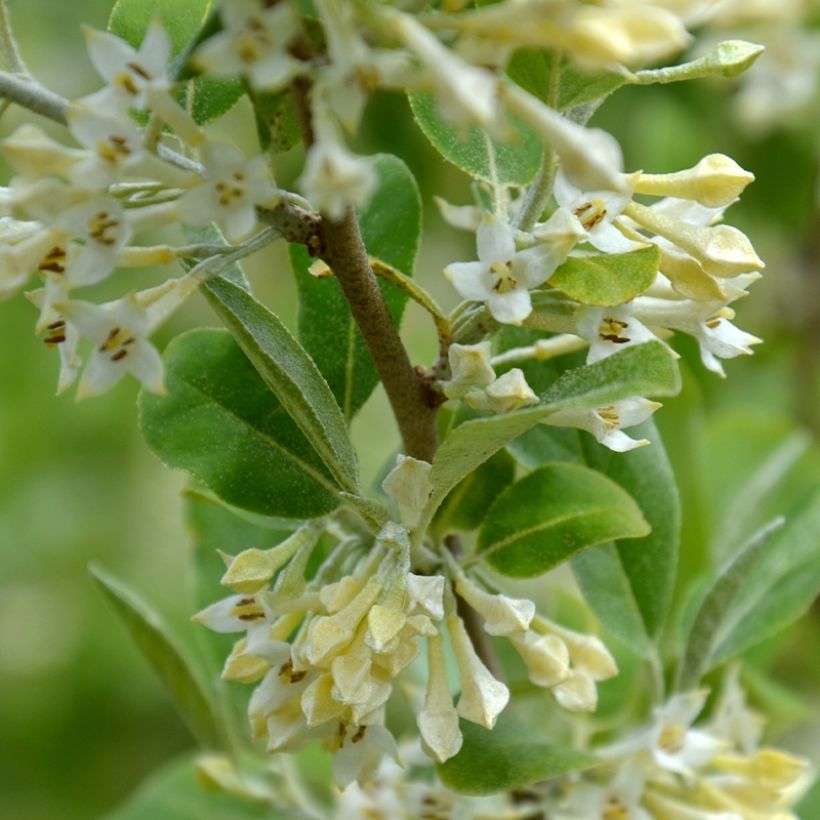

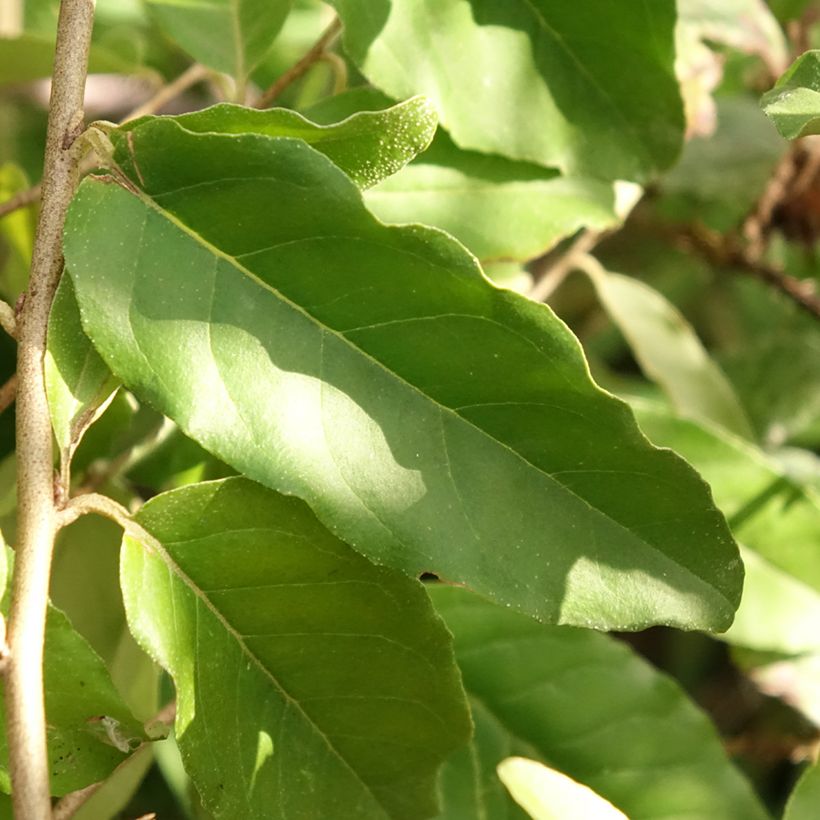

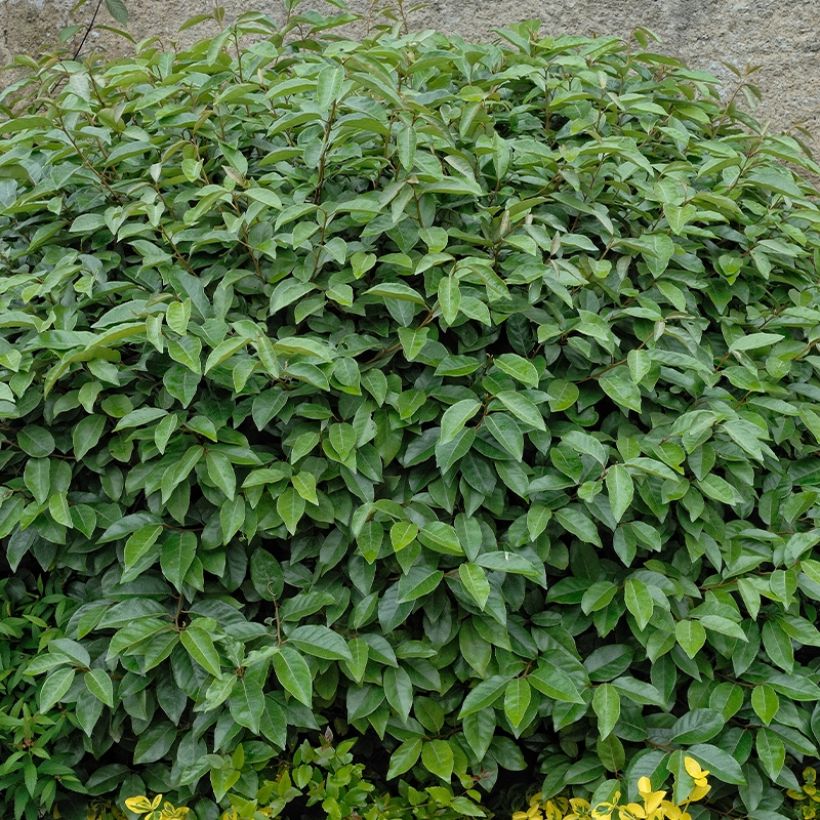

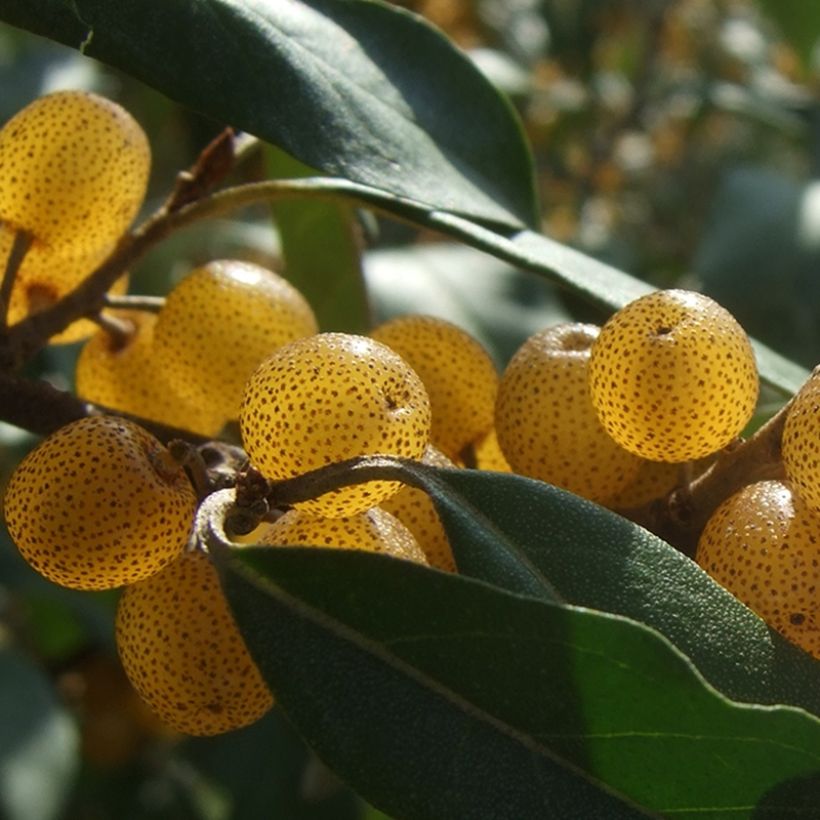

Plant habit
Flowering
Foliage
Botanical data
Elaeagnus
umbellata
Fortunella ®
Elaeagnaceae
Japanese Silverberry, Autumn Olive, Umbellate Oleaster
Cultivar or hybrid
Other Elaeagnus - Oleaster
View all →Planting and care
Plant Elaeagnus umbellata Fortunella in any soil, even limestone, sandy, occasionally dry in summer, humid or moist, but flexible and well-worked. Once well established, it will completely do without watering, even in hot and dry regions. It will thrive in partial shade (in warm climates) or in the sun, even in windy conditions. In the first years, undertake light formative pruning, later just maintain the shape's harmony, at the end of winter.
Planting period
Intended location
Care
Planting & care advice
This item has not been reviewed yet - be the first to leave a review about it.
Similar products
Haven't found what you were looking for?
Hardiness is the lowest winter temperature a plant can endure without suffering serious damage or even dying. However, hardiness is affected by location (a sheltered area, such as a patio), protection (winter cover) and soil type (hardiness is improved by well-drained soil).

Photo Sharing Terms & Conditions
In order to encourage gardeners to interact and share their experiences, Promesse de fleurs offers various media enabling content to be uploaded onto its Site - in particular via the ‘Photo sharing’ module.
The User agrees to refrain from:
- Posting any content that is illegal, prejudicial, insulting, racist, inciteful to hatred, revisionist, contrary to public decency, that infringes on privacy or on the privacy rights of third parties, in particular the publicity rights of persons and goods, intellectual property rights, or the right to privacy.
- Submitting content on behalf of a third party;
- Impersonate the identity of a third party and/or publish any personal information about a third party;
In general, the User undertakes to refrain from any unethical behaviour.
All Content (in particular text, comments, files, images, photos, videos, creative works, etc.), which may be subject to property or intellectual property rights, image or other private rights, shall remain the property of the User, subject to the limited rights granted by the terms of the licence granted by Promesse de fleurs as stated below. Users are at liberty to publish or not to publish such Content on the Site, notably via the ‘Photo Sharing’ facility, and accept that this Content shall be made public and freely accessible, notably on the Internet.
Users further acknowledge, undertake to have ,and guarantee that they hold all necessary rights and permissions to publish such material on the Site, in particular with regard to the legislation in force pertaining to any privacy, property, intellectual property, image, or contractual rights, or rights of any other nature. By publishing such Content on the Site, Users acknowledge accepting full liability as publishers of the Content within the meaning of the law, and grant Promesse de fleurs, free of charge, an inclusive, worldwide licence for the said Content for the entire duration of its publication, including all reproduction, representation, up/downloading, displaying, performing, transmission, and storage rights.
Users also grant permission for their name to be linked to the Content and accept that this link may not always be made available.
By engaging in posting material, Users consent to their Content becoming automatically accessible on the Internet, in particular on other sites and/or blogs and/or web pages of the Promesse de fleurs site, including in particular social pages and the Promesse de fleurs catalogue.
Users may secure the removal of entrusted content free of charge by issuing a simple request via our contact form.
The flowering period indicated on our website applies to countries and regions located in USDA zone 8 (France, the United Kingdom, Ireland, the Netherlands, etc.)
It will vary according to where you live:
- In zones 9 to 10 (Italy, Spain, Greece, etc.), flowering will occur about 2 to 4 weeks earlier.
- In zones 6 to 7 (Germany, Poland, Slovenia, and lower mountainous regions), flowering will be delayed by 2 to 3 weeks.
- In zone 5 (Central Europe, Scandinavia), blooming will be delayed by 3 to 5 weeks.
In temperate climates, pruning of spring-flowering shrubs (forsythia, spireas, etc.) should be done just after flowering.
Pruning of summer-flowering shrubs (Indian Lilac, Perovskia, etc.) can be done in winter or spring.
In cold regions as well as with frost-sensitive plants, avoid pruning too early when severe frosts may still occur.
The planting period indicated on our website applies to countries and regions located in USDA zone 8 (France, United Kingdom, Ireland, Netherlands).
It will vary according to where you live:
- In Mediterranean zones (Marseille, Madrid, Milan, etc.), autumn and winter are the best planting periods.
- In continental zones (Strasbourg, Munich, Vienna, etc.), delay planting by 2 to 3 weeks in spring and bring it forward by 2 to 4 weeks in autumn.
- In mountainous regions (the Alps, Pyrenees, Carpathians, etc.), it is best to plant in late spring (May-June) or late summer (August-September).
The harvesting period indicated on our website applies to countries and regions in USDA zone 8 (France, England, Ireland, the Netherlands).
In colder areas (Scandinavia, Poland, Austria...) fruit and vegetable harvests are likely to be delayed by 3-4 weeks.
In warmer areas (Italy, Spain, Greece, etc.), harvesting will probably take place earlier, depending on weather conditions.
The sowing periods indicated on our website apply to countries and regions within USDA Zone 8 (France, UK, Ireland, Netherlands).
In colder areas (Scandinavia, Poland, Austria...), delay any outdoor sowing by 3-4 weeks, or sow under glass.
In warmer climes (Italy, Spain, Greece, etc.), bring outdoor sowing forward by a few weeks.






























